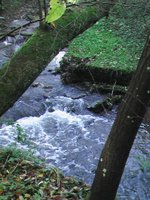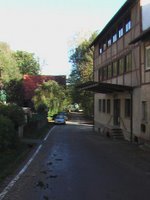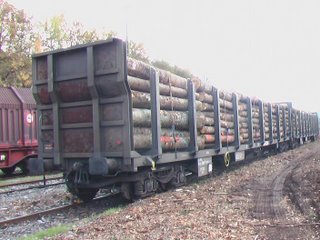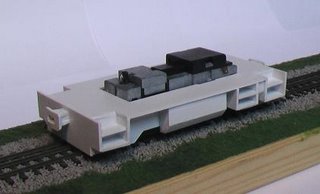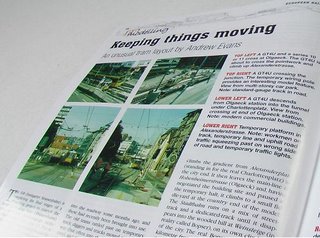
I notice from other people's blogs that you have all been equally busy during Christmas, so I don’t feel too guilty about the lack of updates. I have been working on G1 from time to time, which is hopefully evident in the picture. There is a difference if you compare it with the last one… five thin acrylic washes (and a clear varnish) have turned G1 from pink to red. Another red went on this evening. The final clear varnish will probably be added soon and I'll touch up the grey, which is already looking a bit scuffed in places from my constant handling. The picture is a bit better lit than before: I don’t have any lighting facilities except the sun and a south-facing window, so I had a brief rush to take pictures when the sun came out.
I’ve decided to try and finish the loco but work on other things like figures and couplings before I start detailing. I’m also looking to see what the next major project may be. I now have some money for a pair of Bull ant bogies from Hollywood Foundry, so I’m eventually going to build a railcar of some kind for the people of Spitzenwald, but I think the Growler looks a bit forlorn with no trucks to play with, so while I figure out how to order the power units, I’m going to get designing some freight stock.
Think intermodal...


